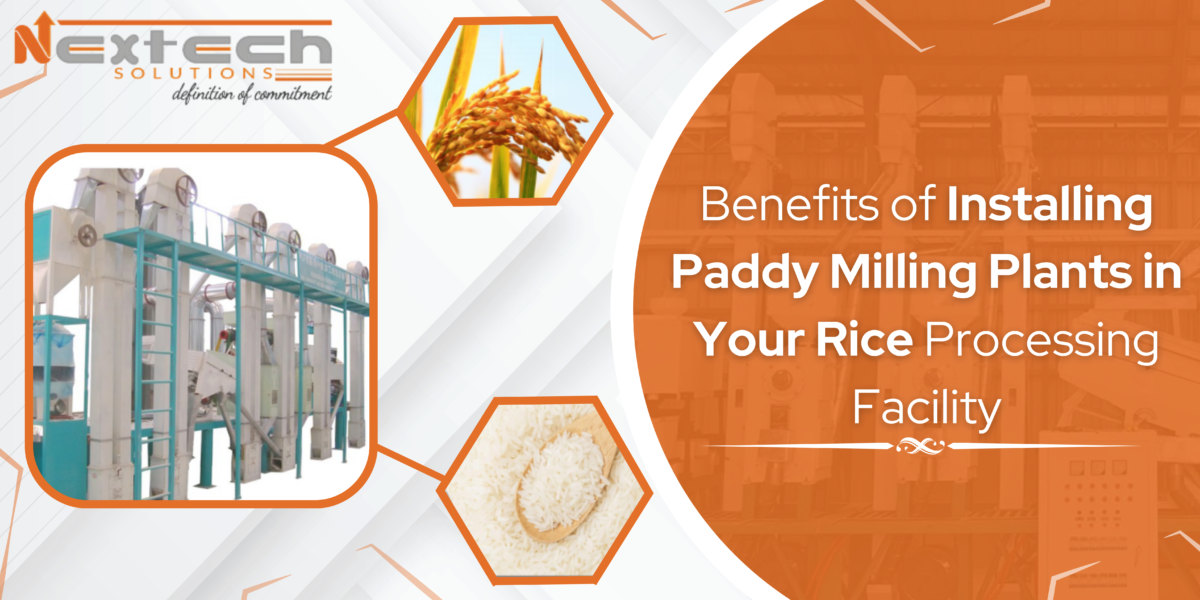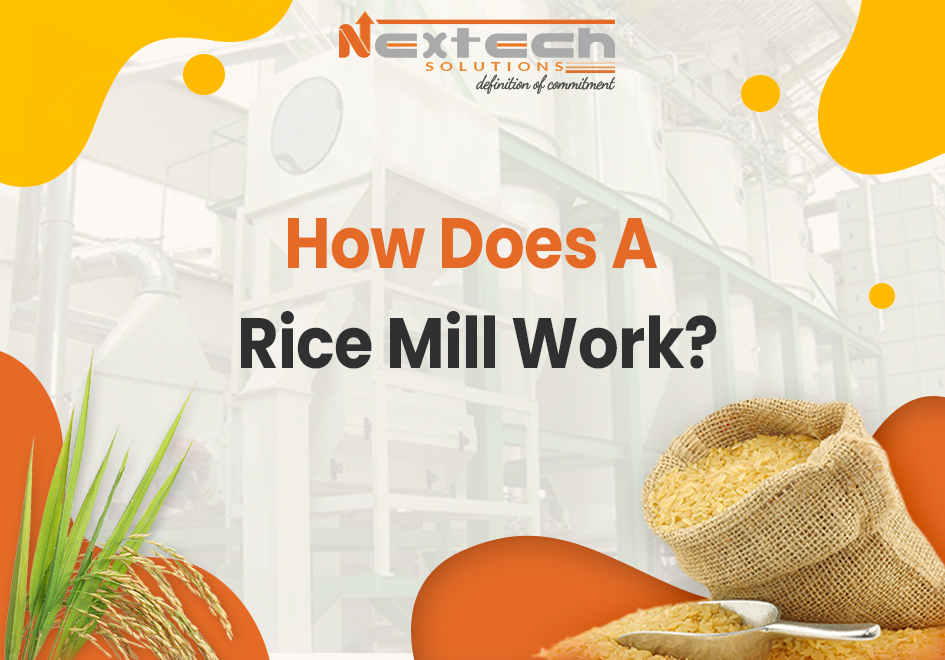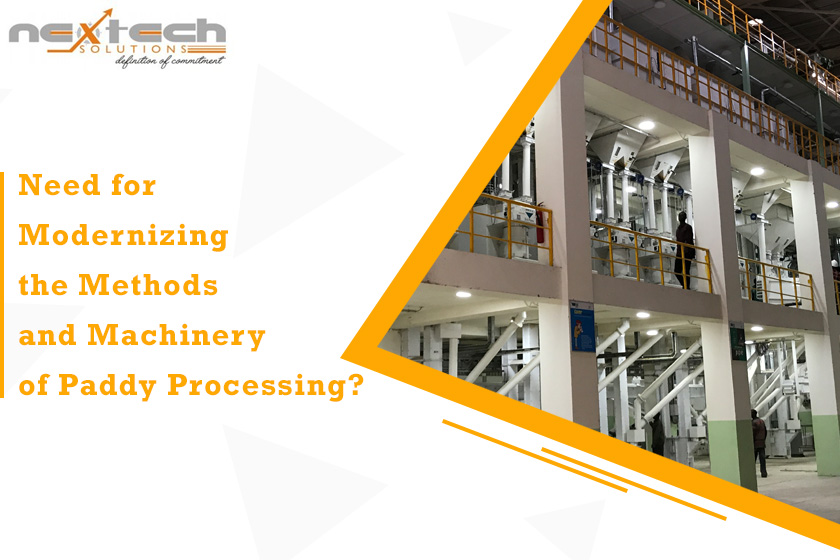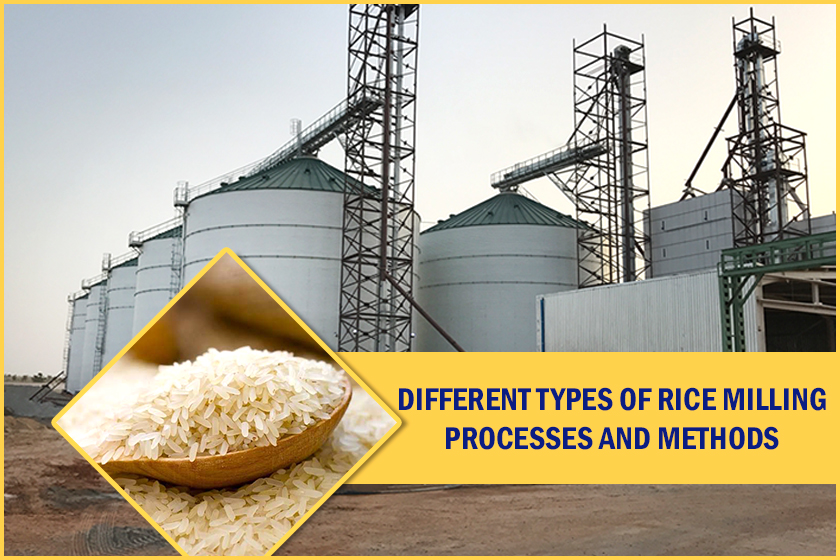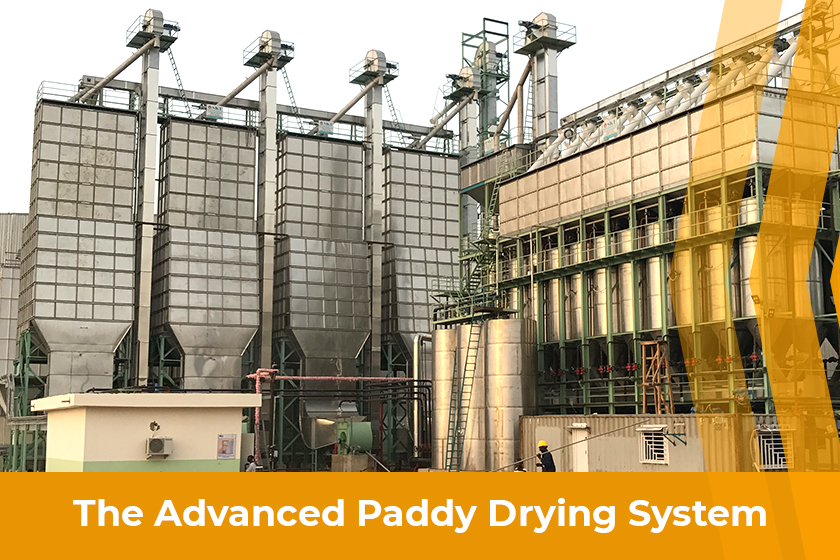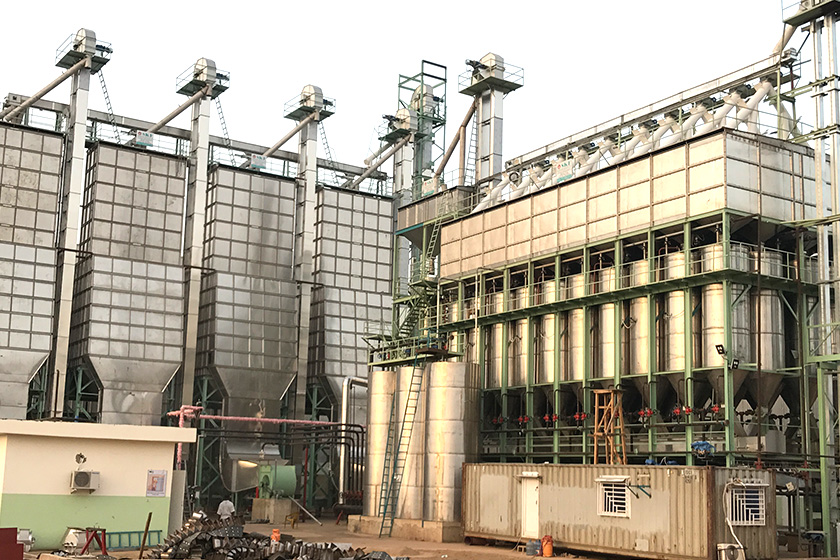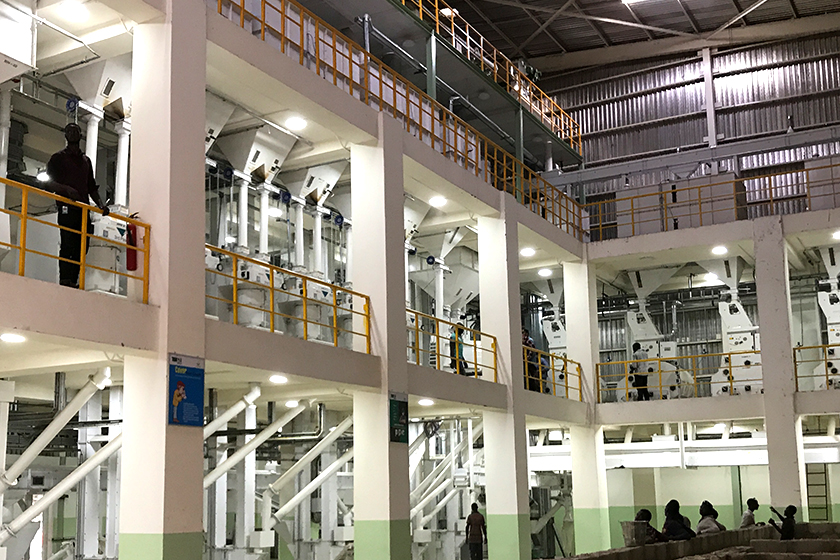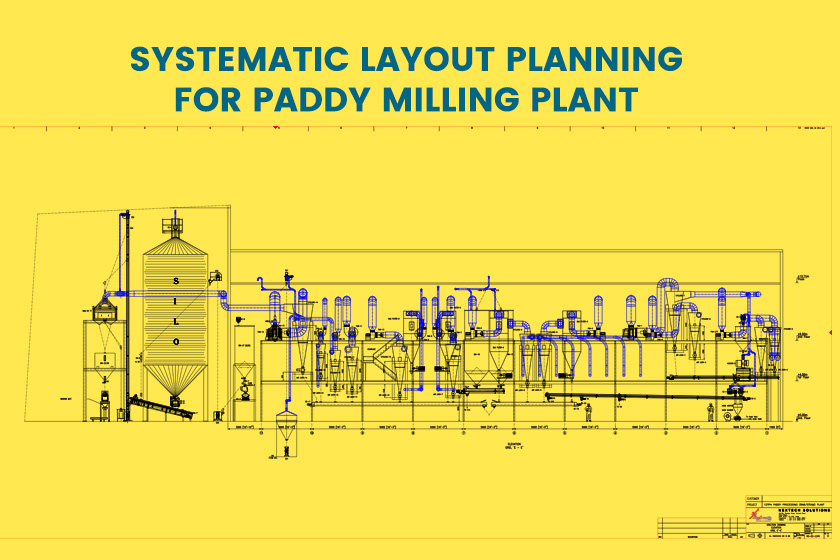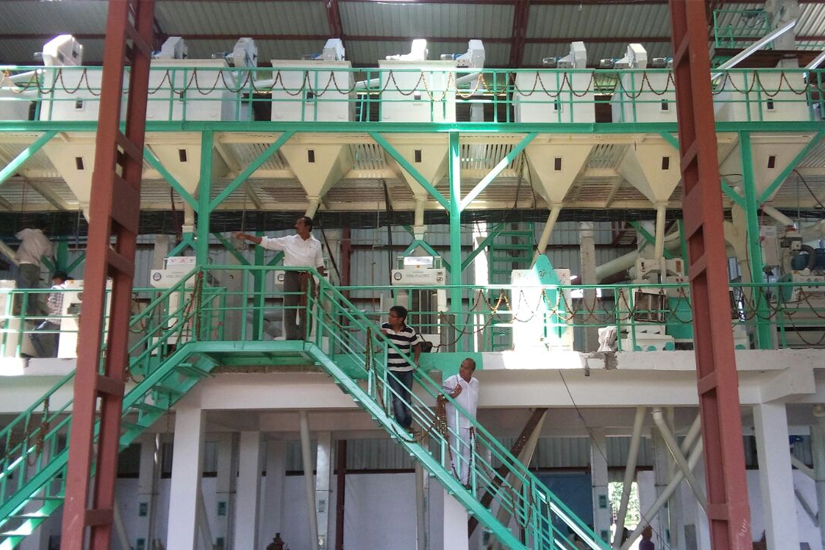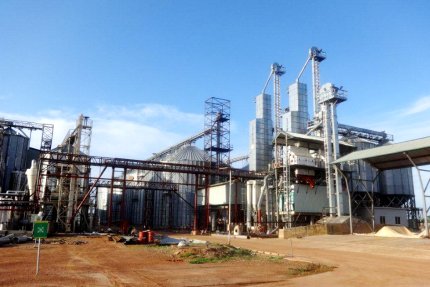Rice is a staple food that is consumed by millions of people all over the world. It is high in carbohydrates and is a good source of energy. As the world’s population grows, the demand for rice is increasing day by day. This makes it necessary for farmers to maximize their rice production to meet the demand. Paddy milling plants are one of the most effective ways to increase rice production. They offer several advantages over traditional methods of rice production, such as increased efficiency, better quality control, and reduced labor costs. In this article, we will explore the advantages of paddy milling plants and how they can help you to maximize your rice production.
Benefits of using paddy milling plants
Paddy milling plants have several benefits that make them a popular choice among rice farmers. Firstly, they are more efficient than traditional methods of rice production. With a paddy milling plant, rice can be processed quickly and efficiently, saving time and labor costs. Secondly, paddy milling plants offer better quality control. Farmers can ensure that their rice meets the required standards for quality and hygiene. Thirdly, paddy milling plants are more cost-effective than traditional methods of rice production. They require less labor and can process rice at a faster rate, reducing the overall cost of production.
Paddy milling plant components
A paddy milling plant consists of several components that work together to process rice. These components include a paddy separator, a husker, a whitener, and a grader. The paddy separator separates the paddy from the rice husk, which is then removed using a husker. The whitener removes the bran layer from the rice, making it white and polished. The grader then sorts the rice into different sizes based on their quality.
Types of paddy milling plants
There are two types of paddy milling plants: traditional and modern. Traditional paddy milling plants are manually operated and require a lot of labor. They are less efficient and can process less rice than modern paddy milling plants. Modern paddy milling plants, on the other hand, are fully automated and require less labor. They are more efficient and can process more rice than traditional paddy milling plants.
Factors to consider choosing a paddy milling plant
When choosing a paddy milling plant, there are several factors that you should consider. These include the size of your farm, the amount of rice you want to process, and your budget. You should also consider the quality of the Rice Mill Business you want to produce and the level of automation you require. It is important to choose a paddy milling plant that meets your specific needs to maximize your rice production.
Maintenance of paddy milling plants
Like any other machinery, paddy milling plants require regular maintenance to ensure that they function efficiently. Regular maintenance includes cleaning, lubrication, and replacement of worn-out parts. It is important to follow the manufacturer’s instructions when maintaining your paddy milling plant to ensure that it operates at optimal levels.
Common issues and how to fix them
Paddy milling plants may experience several issues during operation. These issues include clogging of the machinery, overheating, and mechanical breakdowns. To fix these issues, you should first identify the cause of the problem. For example, clogging of the machinery may be caused by the presence of foreign materials in the rice. Once you have identified the cause of the problem, you can take the necessary steps to fix it. This may involve cleaning the machinery or replacing worn-out parts.
Conclusion
Paddy milling plants are an effective way to increase rice production. They offer several advantages over traditional methods of rice production, including increased efficiency, better quality control, and reduced labor costs. When choosing a paddy milling plant, it is important to consider factors such as the size of your farm, your budget, and the level of automation you require. Regular maintenance is also necessary to ensure that your paddy milling plant functions efficiently. By investing in a paddy milling plant, you can maximize your rice production and meet the growing demand for this valuable crop.
 MAIL US :
MAIL US :
 CALL US :
>
CALL US :
>
